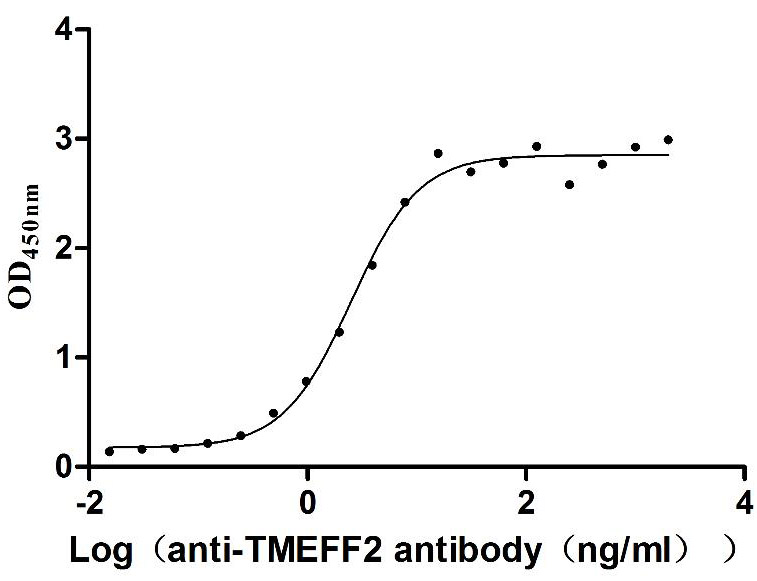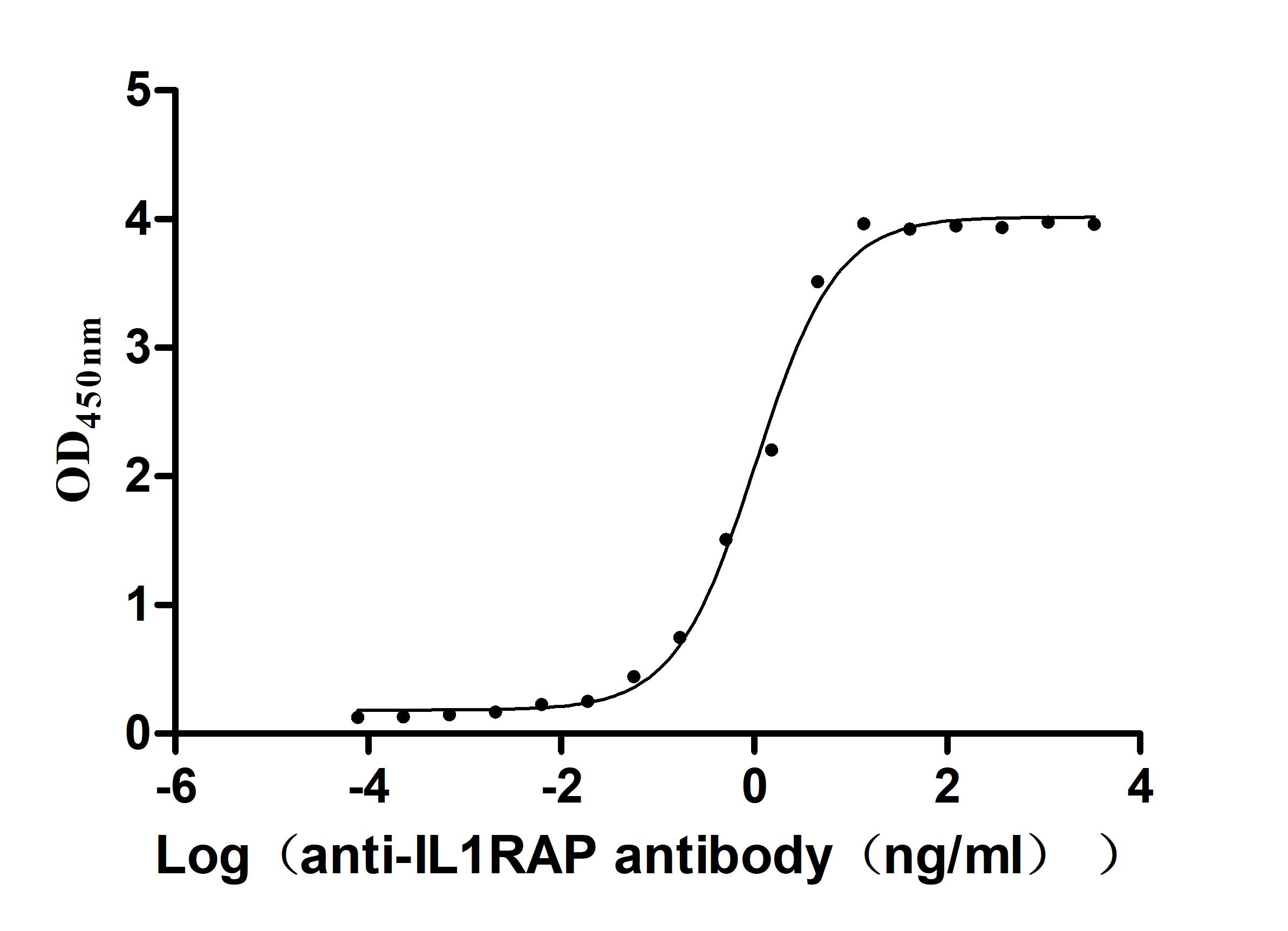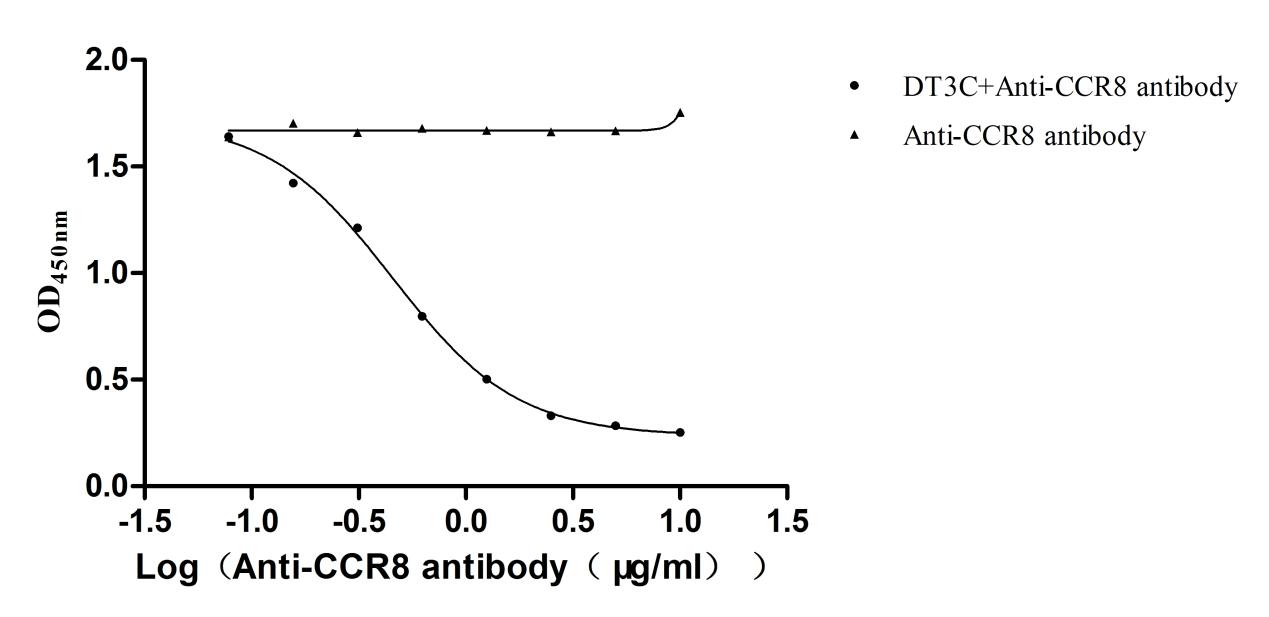Recombinant Mouse?Heat?shock?protein?HSP?90-alpha (Hsp90aa1)
In Stock-
中文名稱:小鼠Hsp90aa1重組蛋白
-
貨號:CSB-EP010802MO
-
規(guī)格:¥1836
-
圖片:
-
其他:
產(chǎn)品詳情
-
純度:Greater than 85% as determined by SDS-PAGE.
-
生物活性:Not Test
-
基因名:
-
Uniprot No.:
-
別名:Heat shock 86 kDa;HSP 86;HSP86;Tumor-specific transplantation 86 kDa antigen;TSTA
-
種屬:Mus musculus (Mouse)
-
蛋白長度:Full Length of Mature Protein
-
來源:E.coli
-
分子量:92.1 kDa
-
表達(dá)區(qū)域:2-733aa
-
氨基酸序列PEETQTQDQPMEEEEVETFAFQAEIAQLMSLIINTFYSNKEIFLRELISNSSDALDKIRYESLTDPSKLDSGKELHINLIPSKQDRTLTIVDTGIGMTKADLINNLGTIAKSGTKAFMEALQAGADISMIGQFGVGFYSAYLVAEKVTVITKHNDDEQYAWESSAGGSFTVRTDTGEPMGRGTKVILHLKEDQTEYLEERRIKEIVKKHSQFIGYPITLFVEKERDKEVSDDEAEEKEEKEEEKEKEEKESDDKPEIEDVGSDEEEEEKKDGDKKKKKKIKEKYIDQEELNKTKPIWTRNPDDITNEEYGEFYKSLTNDWEEHLAVKHFSVEGQLEFRALLFVPRRAPFDLFENRKKKNNIKLYVRRVFIMDNCEELIPEYLNFIRGVVDSEDLPLNISREMLQQSKILKVIRKNLVKKCLELFTELAEDKENYKKFYEQFSKNIKLGIHEDSQNRKKLSELLRYYTSASGDEMVSLKDYCTRMKENQKHIYFITGETKDQVANSAFVERLRKHGLEVIYMIEPIDEYCVQQLKEFEGKTLVSVTKEGLELPEDEEEKKKQEEKKTKFENLCKIMKDILEKKVEKVVVSNRLVTSPCCIVTSTYGWTANMERIMKAQALRDNSTMGYMAAKKHLEINPDHSIIETLRQKAEADKNDKSVKDLVILLYETALLSSGFSLEDPQTHANRIYRMIKLGLGIDEDDPTVDDTSAAVTEEMPPLEGDDDTSRMEEVD
Note: The complete sequence may include tag sequence, target protein sequence, linker sequence and extra sequence that is translated with the protein sequence for the purpose(s) of secretion, stability, solubility, etc.
If the exact amino acid sequence of this recombinant protein is critical to your application, please explicitly request the full and complete sequence of this protein before ordering. -
蛋白標(biāo)簽:N-terminal 10xHis-tagged and C-terminal Myc-tagged
-
產(chǎn)品提供形式:Liquid or Lyophilized powder
Note: We will preferentially ship the format that we have in stock, however, if you have any special requirement for the format, please remark your requirement when placing the order, we will prepare according to your demand. -
緩沖液:If the delivery form is liquid, the default storage buffer is Tris/PBS-based buffer, 5%-50% glycerol. If the delivery form is lyophilized powder, the buffer before lyophilization is Tris/PBS-based buffer, 6% Trehalose.
-
復(fù)溶:We recommend that this vial be briefly centrifuged prior to opening to bring the contents to the bottom. Please reconstitute protein in deionized sterile water to a concentration of 0.1-1.0 mg/mL.We recommend to add 5-50% of glycerol (final concentration) and aliquot for long-term storage at -20℃/-80℃. Our default final concentration of glycerol is 50%. Customers could use it as reference.
-
儲存條件:Store at -20°C/-80°C upon receipt, aliquoting is necessary for mutiple use. Avoid repeated freeze-thaw cycles.
-
保質(zhì)期:The shelf life is related to many factors, storage state, buffer ingredients, storage temperature and the stability of the protein itself.
Generally, the shelf life of liquid form is 6 months at -20°C/-80°C. The shelf life of lyophilized form is 12 months at -20°C/-80°C. -
貨期:3-7 business days
-
注意事項:Repeated freezing and thawing is not recommended. Store working aliquots at 4℃ for up to one week.
-
Datasheet & COA:Please contact us to get it.
相關(guān)產(chǎn)品
靶點詳情
-
功能:Molecular chaperone that promotes the maturation, structural maintenance and proper regulation of specific target proteins involved for instance in cell cycle control and signal transduction. Undergoes a functional cycle that is linked to its ATPase activity which is essential for its chaperone activity. This cycle probably induces conformational changes in the client proteins, thereby causing their activation. Interacts dynamically with various co-chaperones that modulate its substrate recognition, ATPase cycle and chaperone function. Engages with a range of client protein classes via its interaction with various co-chaperone proteins or complexes, that act as adapters, simultaneously able to interact with the specific client and the central chaperone itself. Recruitment of ATP and co-chaperone followed by client protein forms a functional chaperone. After the completion of the chaperoning process, properly folded client protein and co-chaperone leave HSP90 in an ADP-bound partially open conformation and finally, ADP is released from HSP90 which acquires an open conformation for the next cycle. Plays a critical role in mitochondrial import, delivers preproteins to the mitochondrial import receptor TOMM70. Apart from its chaperone activity, it also plays a role in the regulation of the transcription machinery. HSP90 and its co-chaperones modulate transcription at least at three different levels. In the first place, they alter the steady-state levels of certain transcription factors in response to various physiological cues. Second, they modulate the activity of certain epigenetic modifiers, such as histone deacetylases or DNA methyl transferases, and thereby respond to the change in the environment. Third, they participate in the eviction of histones from the promoter region of certain genes and thereby turn on gene expression. Binds bacterial lipopolysaccharide (LPS) and mediates LPS-induced inflammatory response, including TNF secretion by monocytes. Antagonizes STUB1-mediated inhibition of TGF-beta signaling via inhibition of STUB1-mediated SMAD3 ubiquitination and degradation. Mediates the association of TOMM70 with IRF3 or TBK1 in mitochodria outer membrane which promotes host antiviral response.
-
基因功能參考文獻(xiàn):
- The study shows that a conserved tryptophan in the middle domain senses the interaction of Hsp90 with a stringent client protein and transfers this information via a cation-pi interaction with a neighboring lysine. PMID: 29662162
- Fusion of human SGT1 (hSGT1) to NOD1 LRR significantly enhanced the solubility, and the fusion protein was stabilized by coexpression of mouse Hsp90alpha. PMID: 27591899
- The major capsid protein of the mouse polyomavirus VP1 binds microtubules, HSP90, promotes their acetylation and blocks the host cell cycle. PMID: 27885808
- Artificially maintaining Hsp90alpha or knocking down Aarsd1L expression interferes with the differentiation of C2C12 myotubes. PMID: 26884463
- Immune-mediated destruction of ovarian follicles associated with the presence of HSP90 antibodies. PMID: 25653208
- identify that Hsp90alpha at the transition neck region represents a signalling platform on which IRS-1 interacts with intracellular downstream signalling molecules involved in IGF-1 receptor signalling. PMID: 25359884
- The study demonstrated that HSP90alpha plays an important role in the biogenesis of fetal PIWI-interacting RNAs (piRNA), which act against the transposon activities, in mouse male germ cells. PMID: 25262350
- deficiency does not affect immunoglobulin gene hypermutation and class switch but causes enhanced MHC class II antigen presentation PMID: 22855849
- study identified the essential role of Hsp90 in iNOS gene transactivation PMID: 21430289
- Hsp90alpha may be required to maintain and to activate these regulators and/or to disassemble the synaptonemal complex that holds homologous chromosomes together PMID: 21209834
- extracellular Hsp90alpha promotes angiogenesis in an MMP-2-dependent manner. PMID: 20937816
- Hsp90-ovalbumin peptide complexes bind to scavenger receptor expressed by endothelial cells (SREC-I) on the surface of antigen presenting cells. PMID: 20686127
- Endogenous HSP90 is essential for cross-presentation of both soluble and cell-associated antigens in dendritic cells. PMID: 20668218
- KLF4 inhibition by antisense oligonucleotides markedly decreased the constitutive expression of HSP90 (HSP84 and HSP86). PMID: 19669938
- Following exposure to elevated temperatures, higher amounts of Hsp90alpha are inside the nucleus, but not within the nucleoli. PMID: 12713799
- Heat shock protein 90 is an endogenous protein enhancer of inducible nitric-oxide synthase PMID: 12855682
- by induction of HSP90A c-Myc may control the activity of multiple signal pathways involved in cellular transformation PMID: 14724288
- HSPB1 pathway is important during trophoblast stem cell differentiation PMID: 17267699
- Hsp90 promotes activation of the Fanconi anemia pathway through regulation of intracellular turnover and trafficking of FANCA PMID: 17327415
- Unlike Hsp90beta, Hsp90alpha is not associated with regulation of the antiapoptotic response of immune cells. PMID: 17475835
- Blocking Hsp90 disrupts IGF-I and IL-6-induced proangiogenic signaling cascades by targeting IGF-IR and STAT3 in pancreatic cancer PMID: 17975158
- These results demonstrate a substantial role for hsp90 in chaperoning of antigenic peptides in direct and indirect presentation. PMID: 18216248
- Melusin directly binds to Hsp90, a ubiquitous chaperone involved in regulating several signaling pathways. PMID: 18474241
- mammalian Unc45b is a cytosolic protein that forms a stable complex with Hsp90, selectively binds the unfolded conformation of the myosin motor domain, and promotes motor domain folding PMID: 18478096
- A possible role of Hsp86 in mouse suprachiasmatic nucleus is association with circadian rhythms. PMID: 18480550
- Hsp90 regulates cPLA(2)alpha-mediated arachidonic acid release that involves association of a p54 kinase with cPLA(2)alpha upon okadaic acid stimulation PMID: 18550790
- hsp90 facilitates MHC class I antigen processing through epitope production in a complex of the 26 S proteasome PMID: 18703510
- the complex role played by Hsp90 in regulating signal transduction pathways in normal tissues as well as in cancer cells. PMID: 18840695
顯示更多
收起更多
-
亞細(xì)胞定位:Nucleus. Cytoplasm. Melanosome. Cell membrane. Mitochondrion.
-
蛋白家族:Heat shock protein 90 family
-
數(shù)據(jù)庫鏈接:
Most popular with customers
-
Recombinant Mouse Retinol-binding protein 4 (Rbp4) (Active)
Express system: Mammalian cell
Species: Mus musculus (Mouse)
-
Recombinant Dog B-lymphocyte antigen CD20 (MS4A1)-VLPs (Active)
Express system: Mammalian cell
Species: Canis lupus familiaris (Dog) (Canis familiaris)
-
Recombinant Macaca fascicularis CD93 molecule (CD93), partial (Active)
Express system: Mammalian cell
Species: Macaca fascicularis (Crab-eating macaque) (Cynomolgus monkey)
-
Express system: Mammalian cell
Species: Homo sapiens (Human)
-
Recombinant Human Dickkopf-related protein 1 (DKK1) (Active)
Express system: Mammalian cell
Species: Homo sapiens (Human)
-
Recombinant Human Tomoregulin-2 (TMEFF2), partial (Active)
Express system: Mammalian cell
Species: Homo sapiens (Human)
-
Recombinant Macaca fascicularis Interleukin 1 receptor accessory protein(IL1RAP), partial (Active)
Express system: Mammalian cell
Species: Macaca fascicularis (Crab-eating macaque) (Cynomolgus monkey)
-
Recombinant DT3C (Diphtheria toxin & spg 3C domain) for Antibody Internalization Assay (Active)
Express system: E.coli
Species: N/A

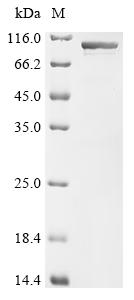



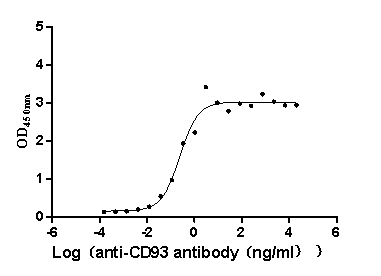

-AC1.jpg)
